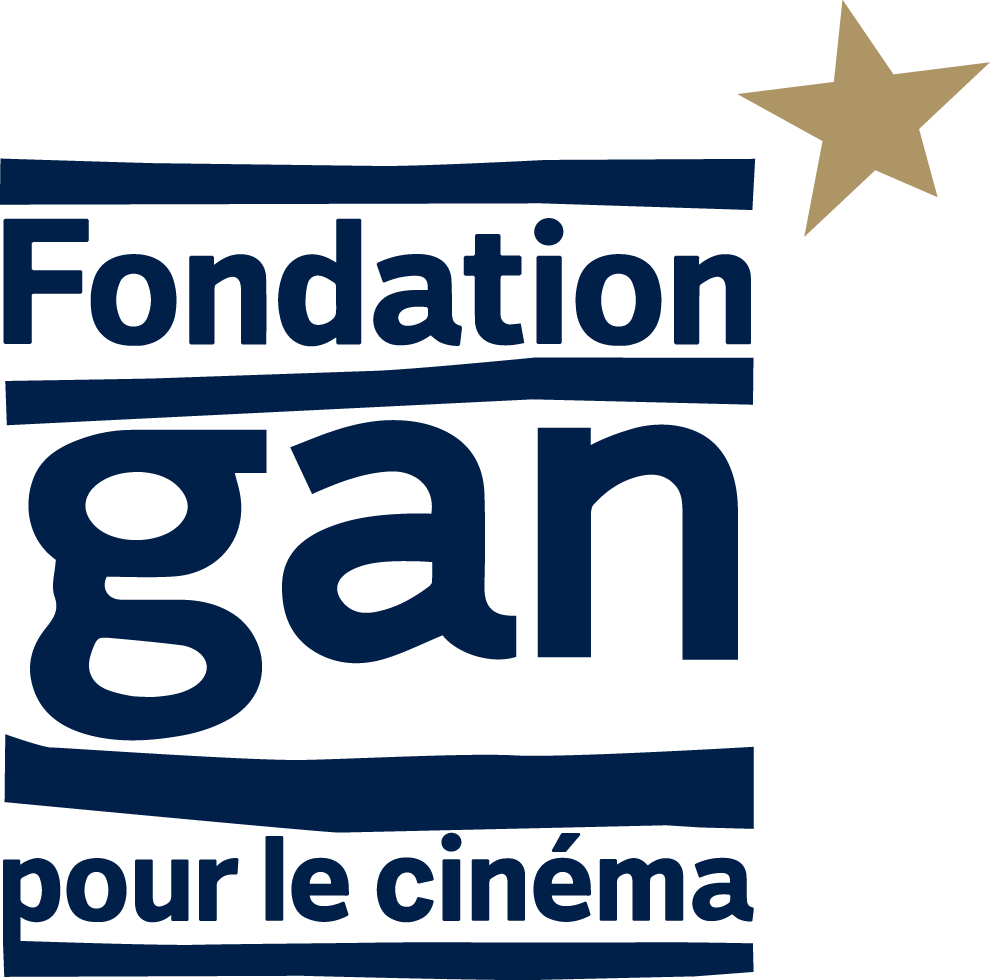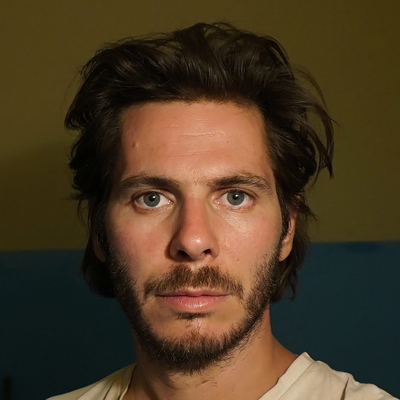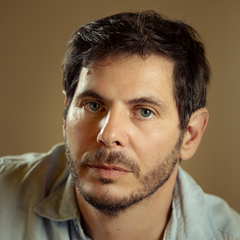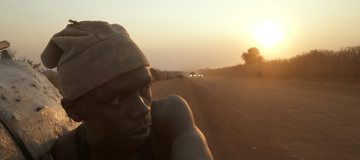How did you meet Kabwita, the hero of your film, and how did you persuade him to be filmed?
I was acquainted with this region in the Democratic Republic of Congo as I had previously made two documentaries there as a DOP. It was on that occasion that I spotted these people who carry enormous loads of charcoal on the roads. The idea of the film came to me before I met Kabwita: to follow a villager, a producer and vendor of charcoal, from cutting the wood until the moment he sells his products in urban areas. I was immediately moved by Kabwita’s look. I could sense his shyness, but also his curiosity about the project.
The presence of the camera is never dissimulated, on the contrary, you offer different angles, you use editing… How did you conceive the whole "mise en scene"?
As early as the writing process, I had a fictional plot in mind, even though I ignored what would happen and what would precisely be at stake. I wanted to render the physical feeling of Kabwita’s experience. This required a close proximity to him. I didn’t want to make a realist film, but a lyrical one. To copy reality, or at least what we imagine being real, is not what I was looking for because this often means lessening the expressiveness.
The hero’s trajectory somewhat ressembles the Way of the Cross, although your film is not religious…
His journey is the epitome a lonely man’s condition, in a spiritual, material and economical context, reduced to the essentials. Kabwita genuinely struggles for his own life and for that of his beloved, he doesn’t look up to the sky for a miracle. He doesn’t have alternatives but to take an action, it’s his human condition.






